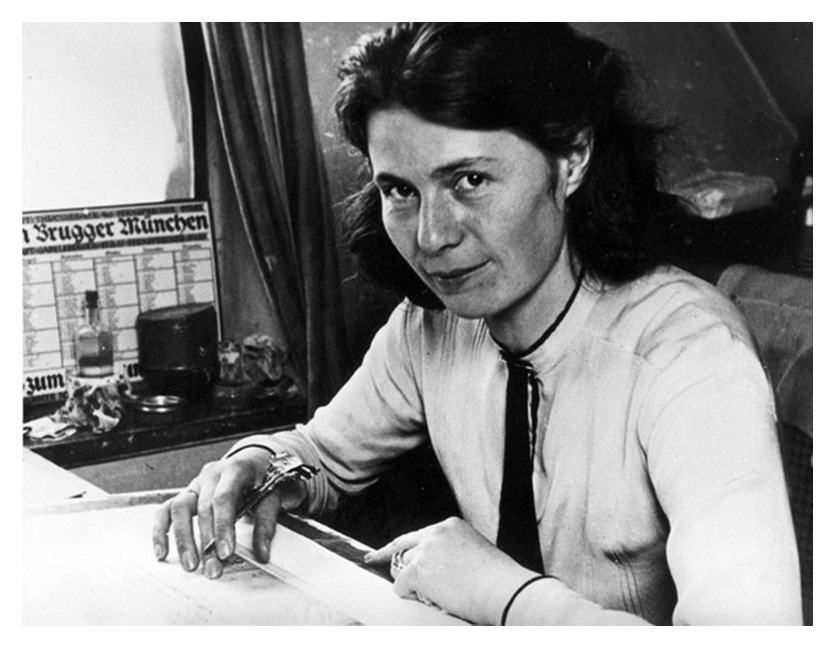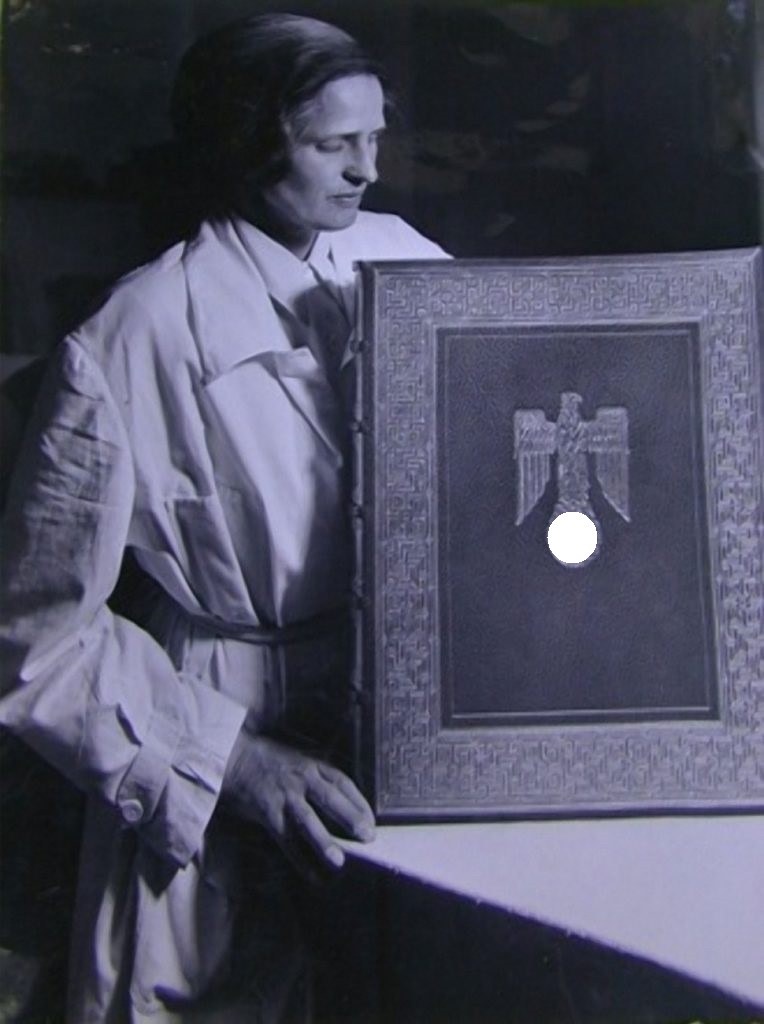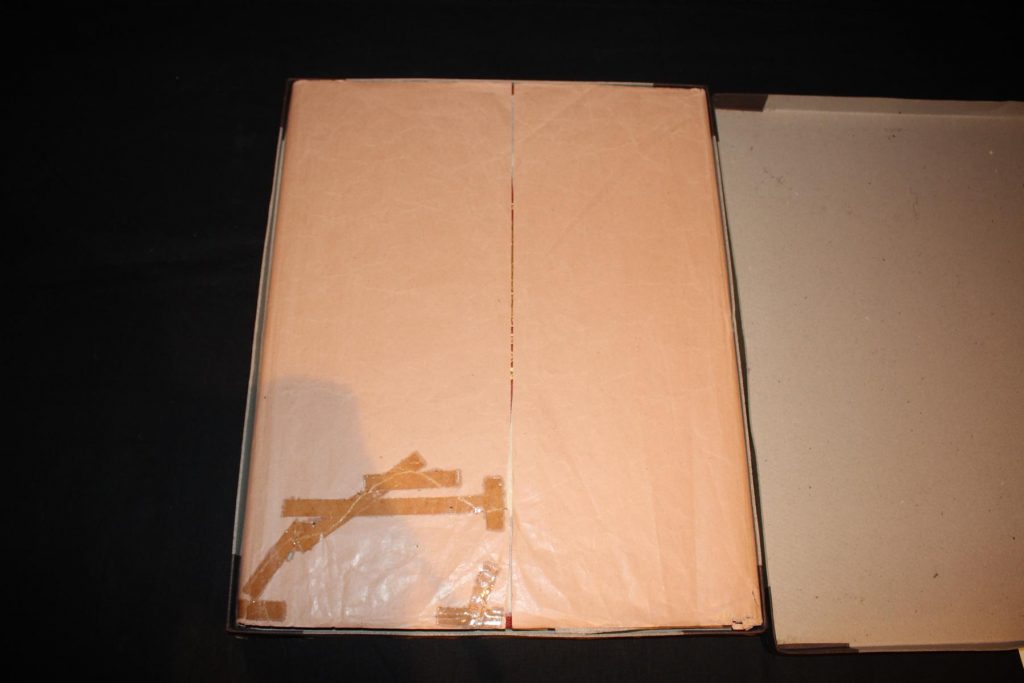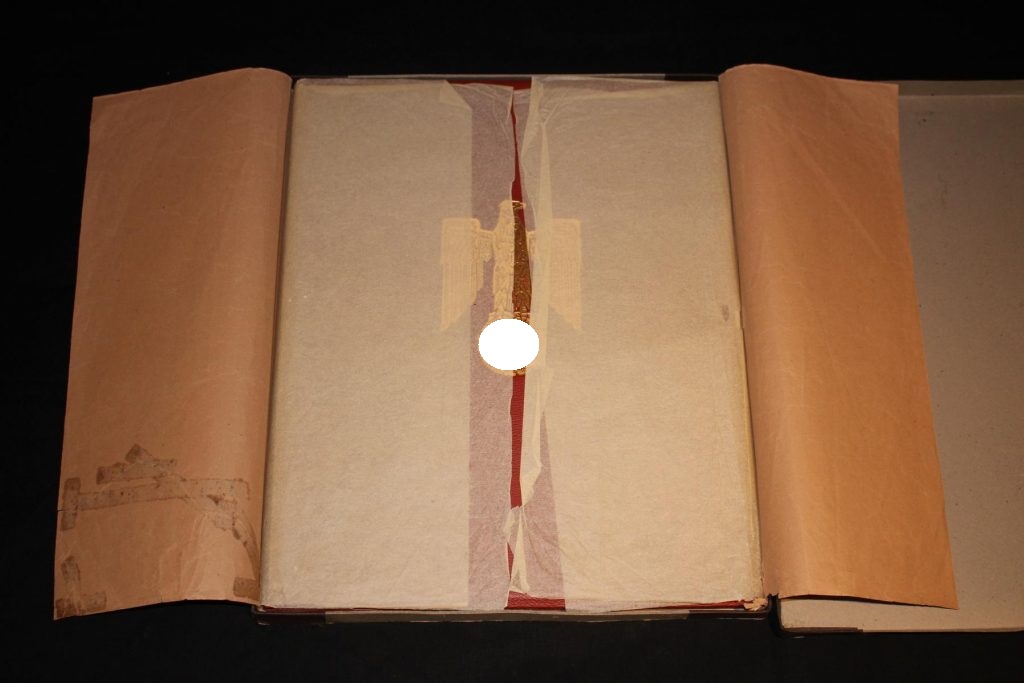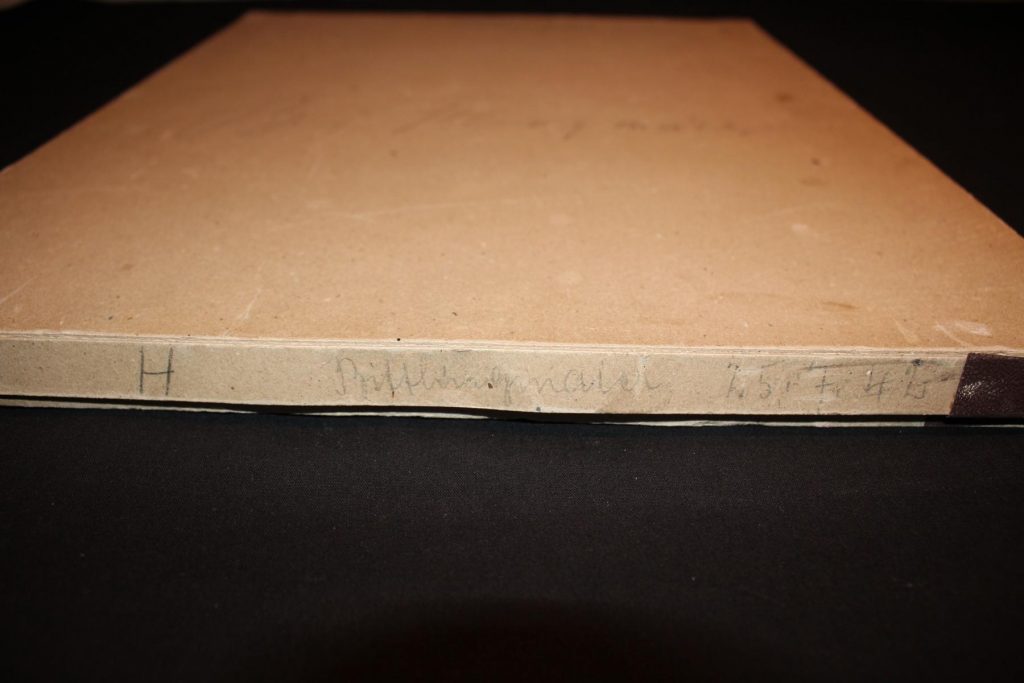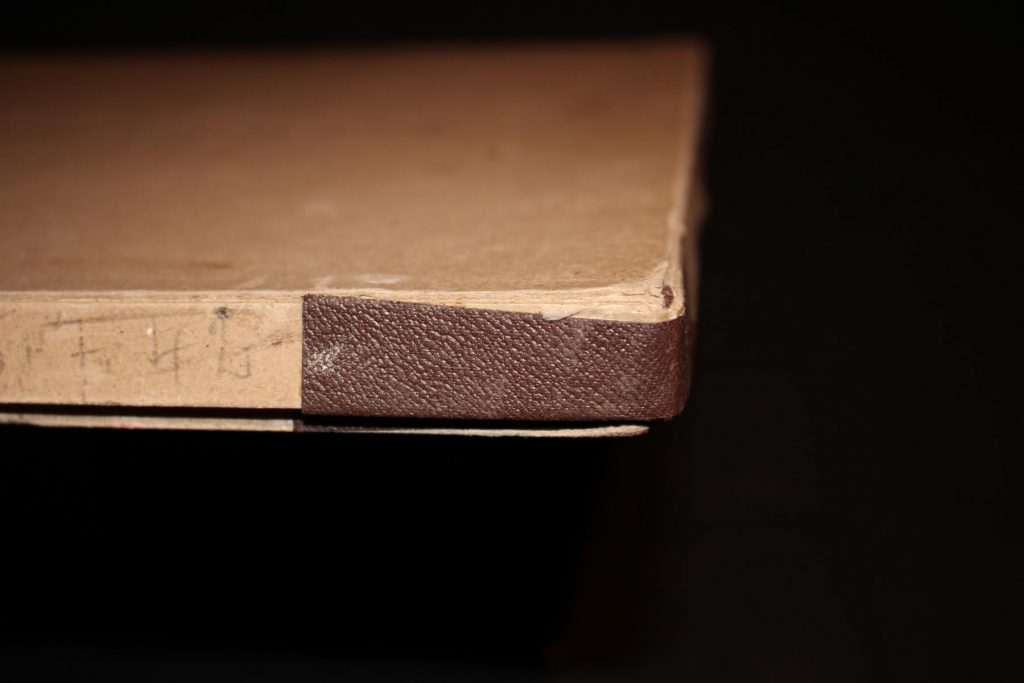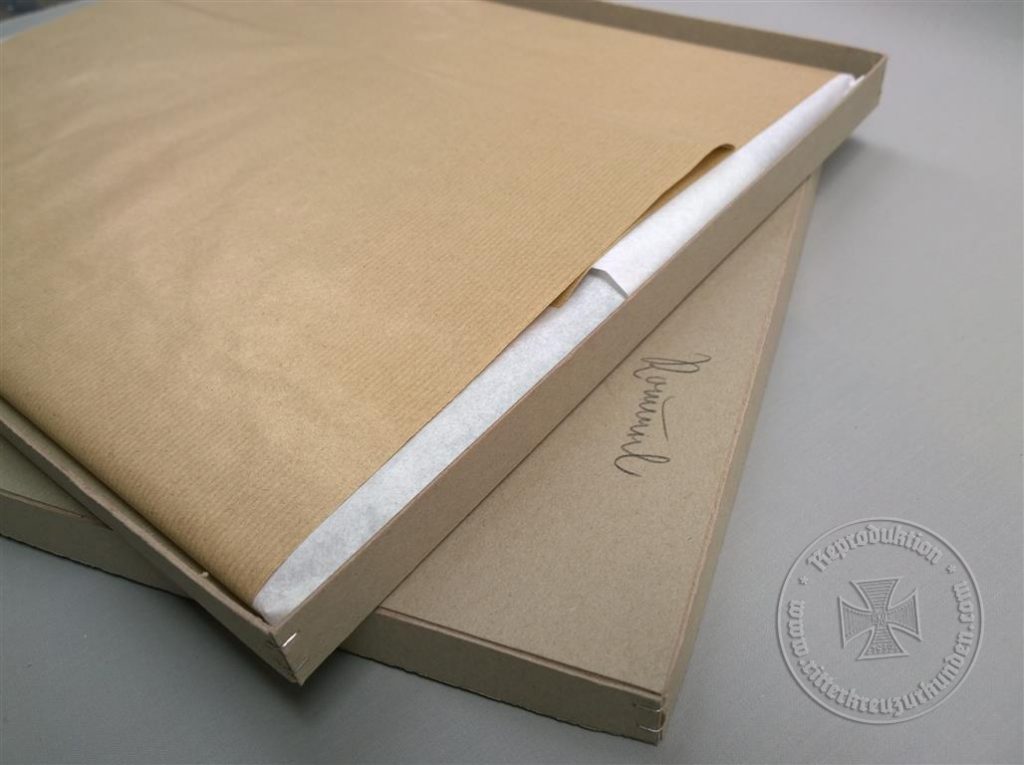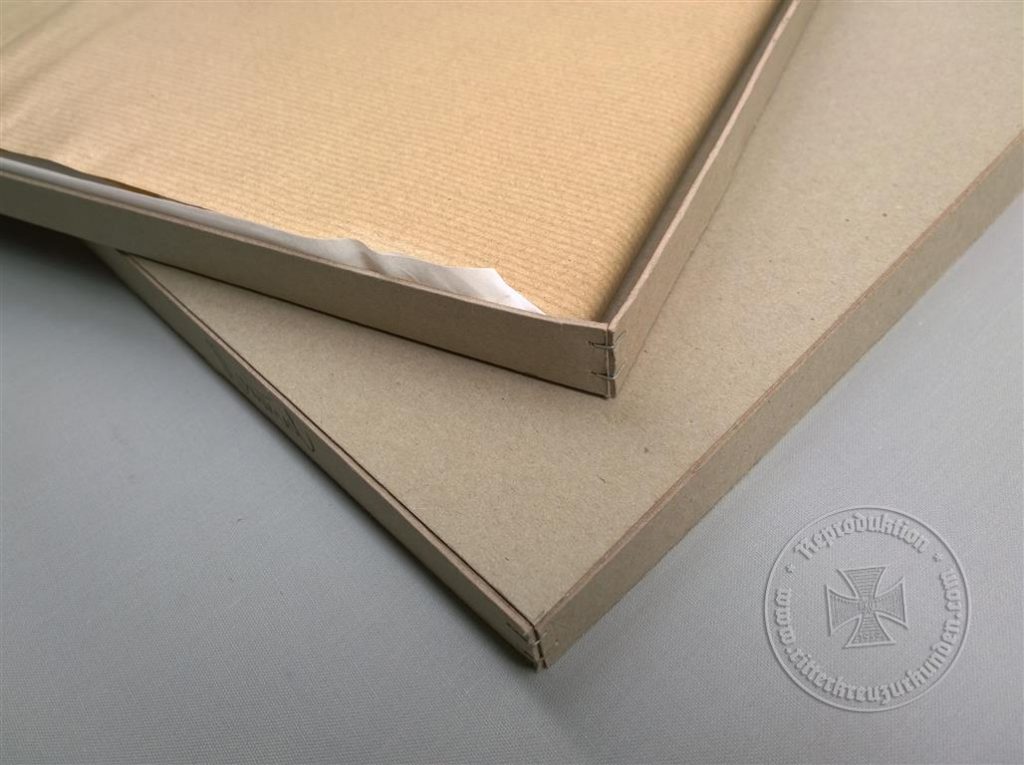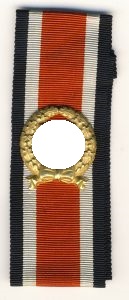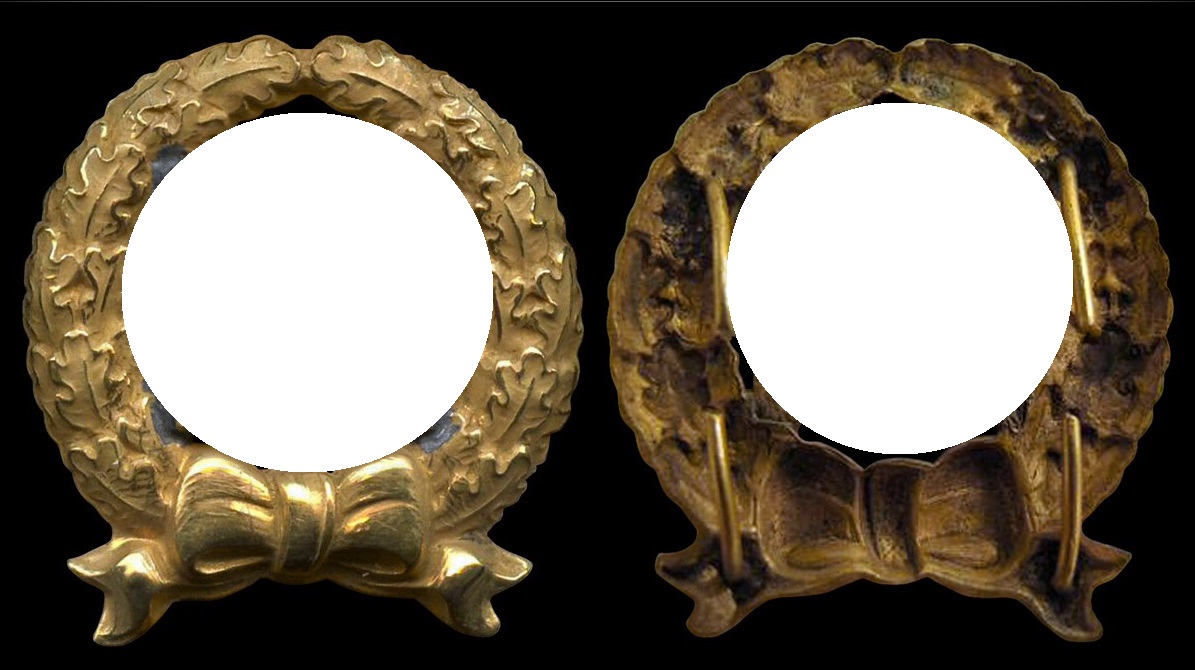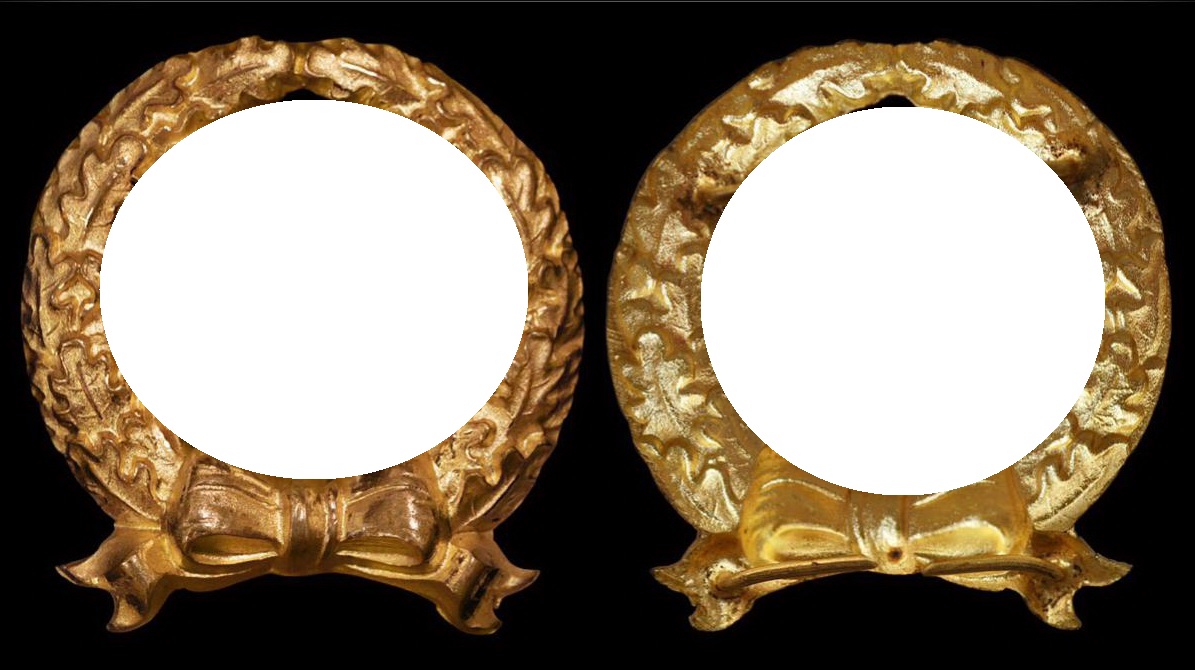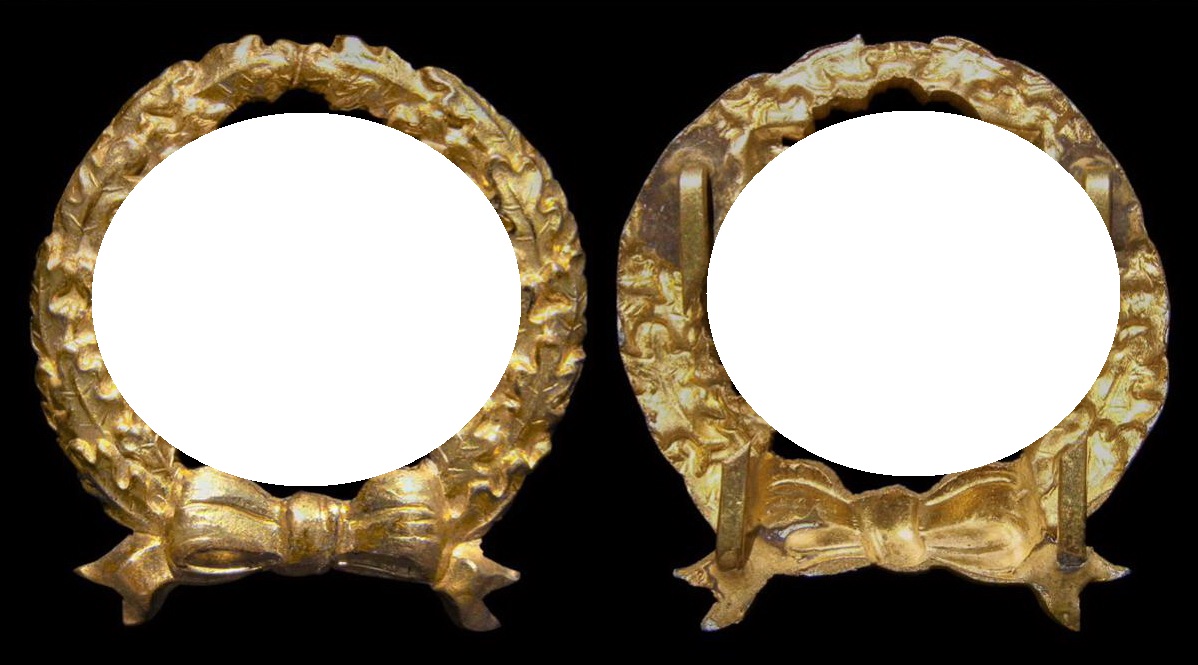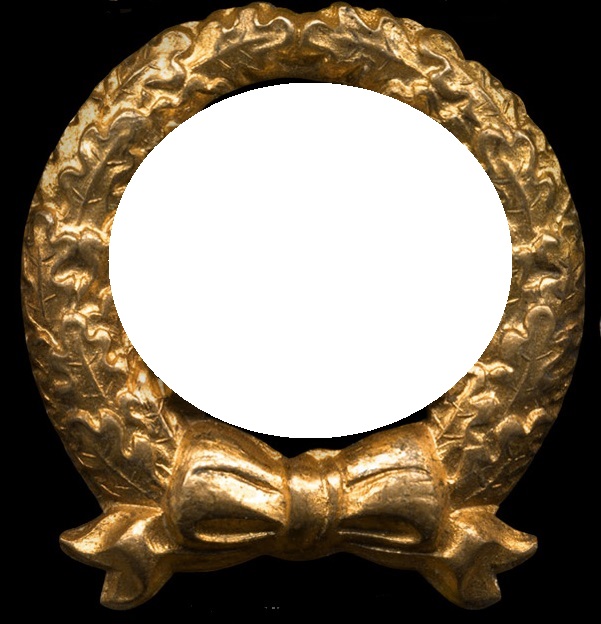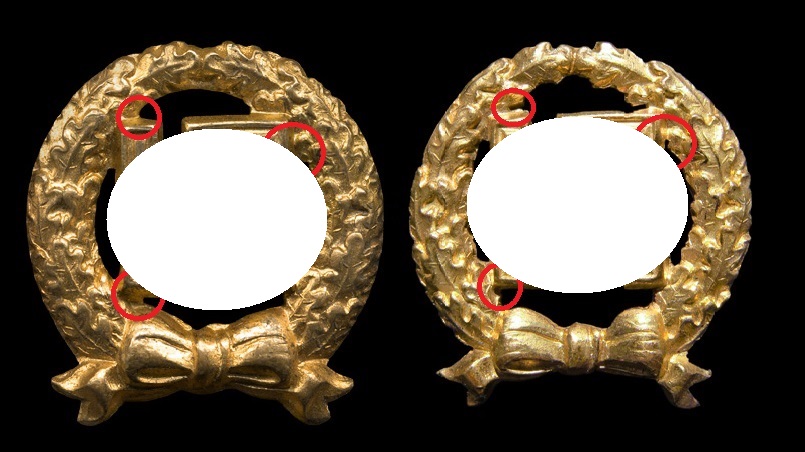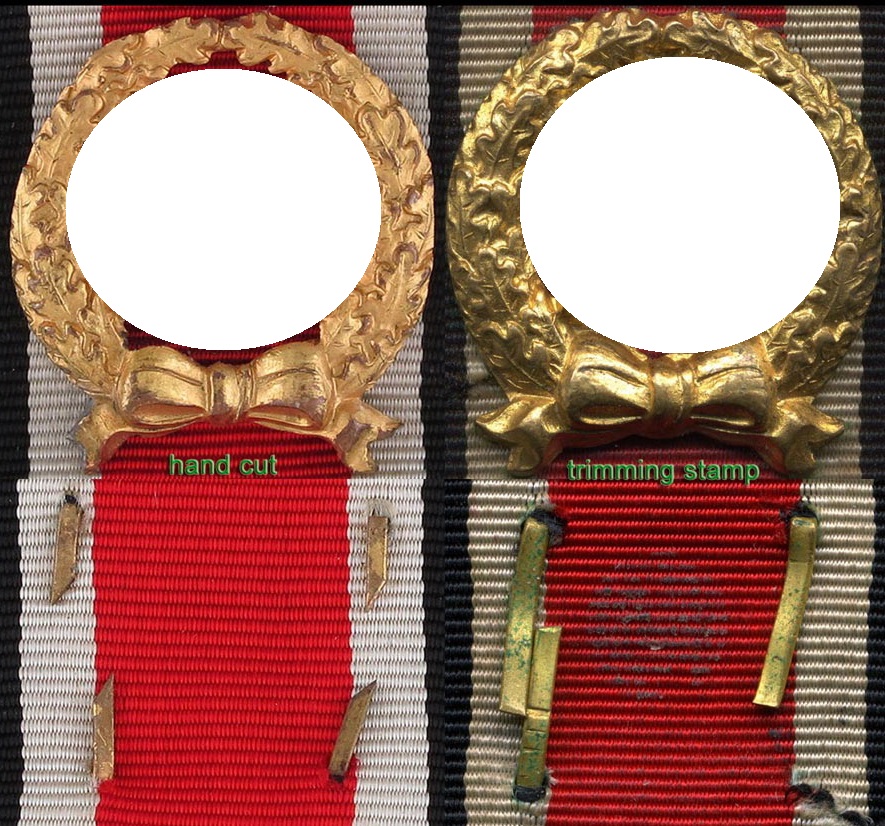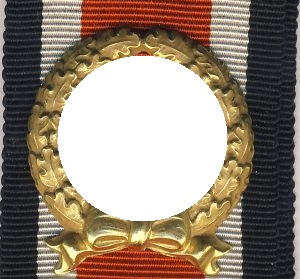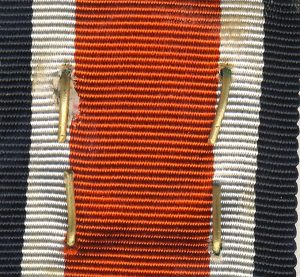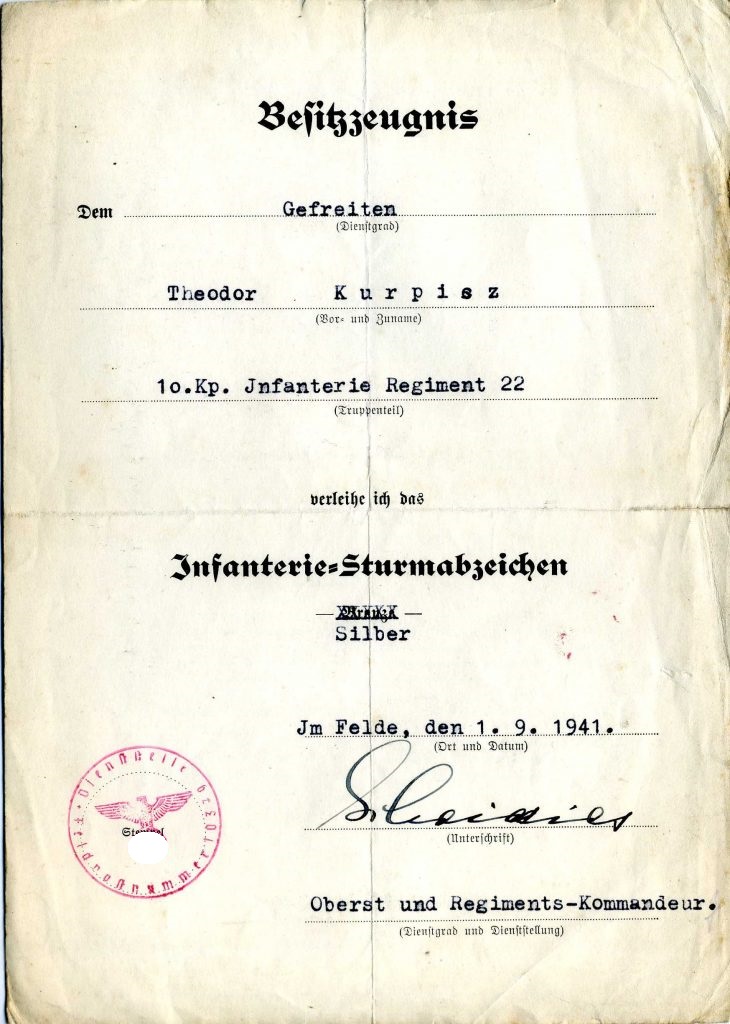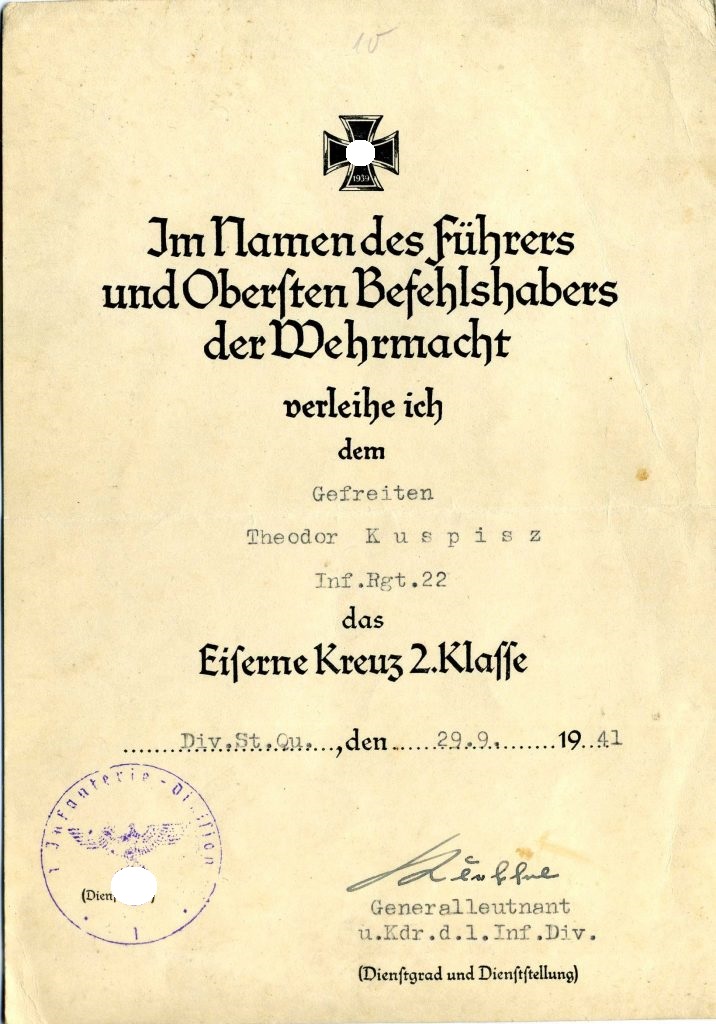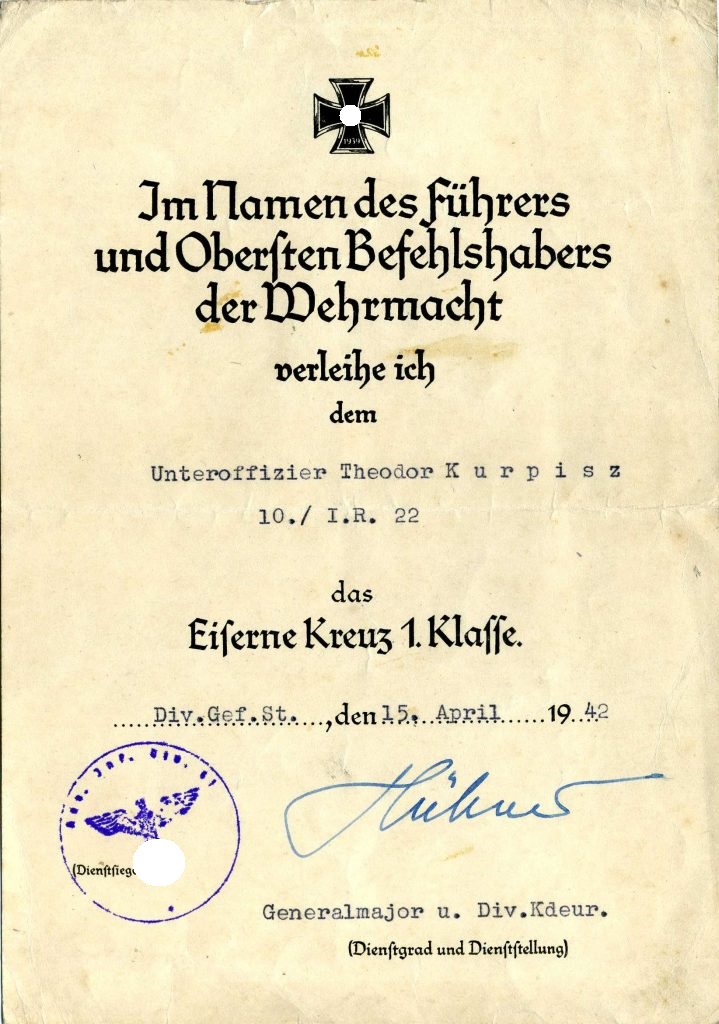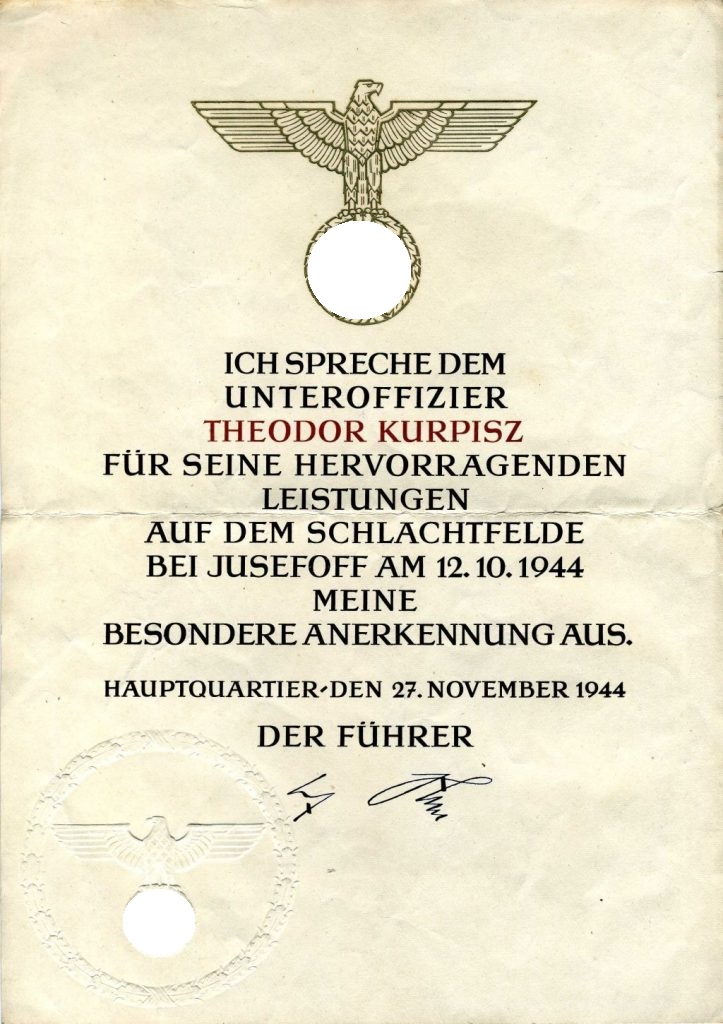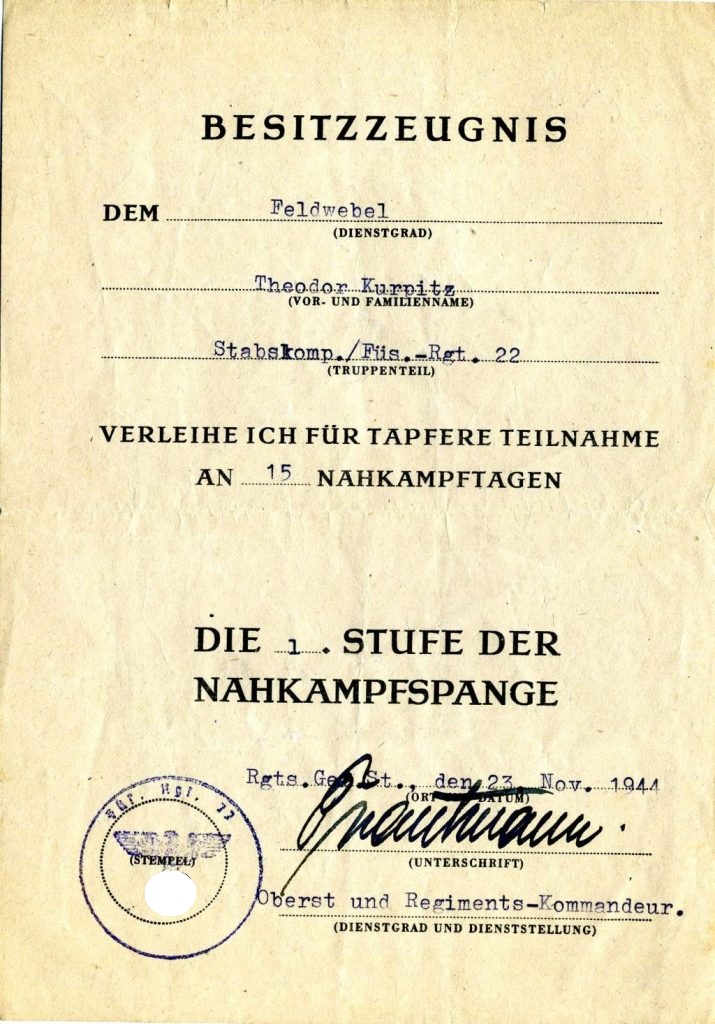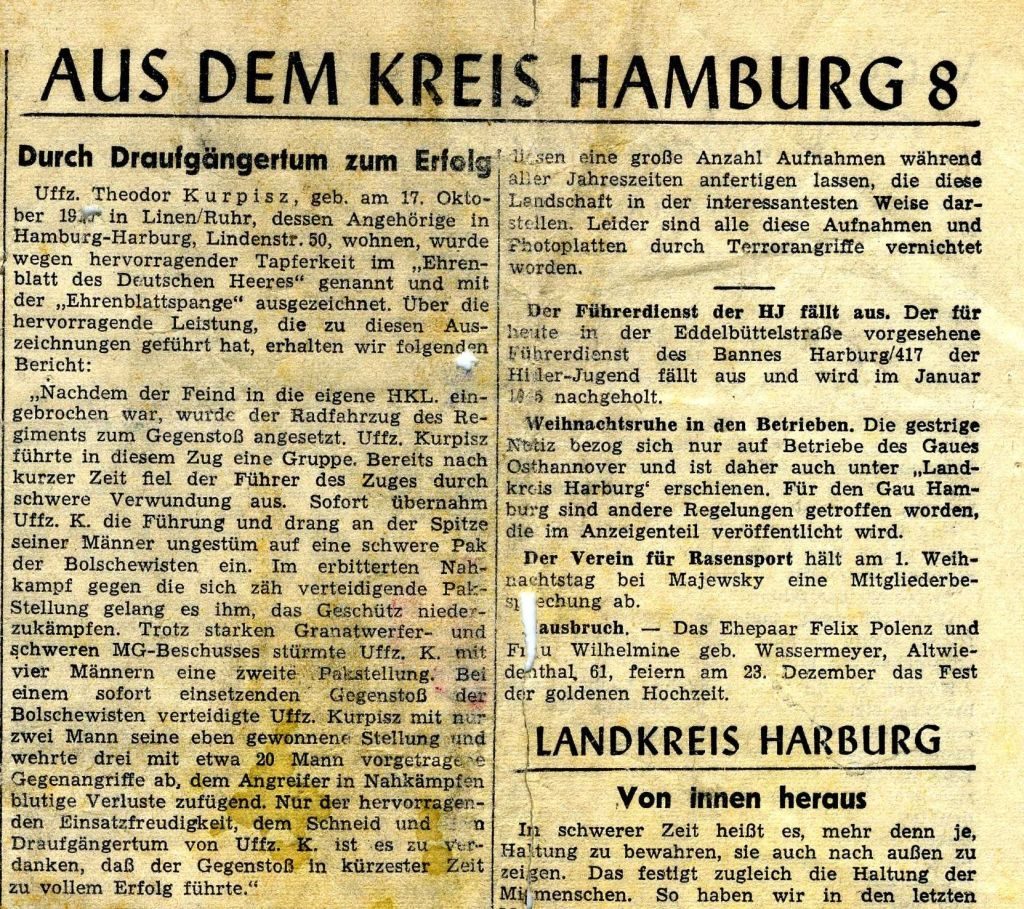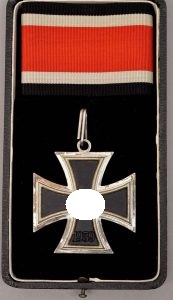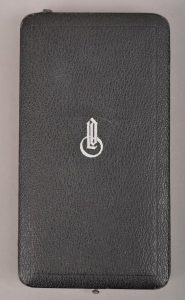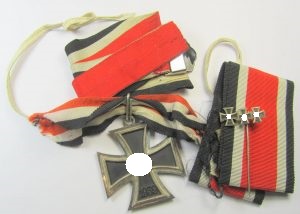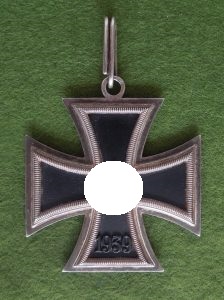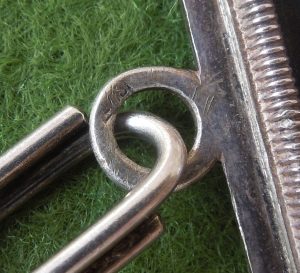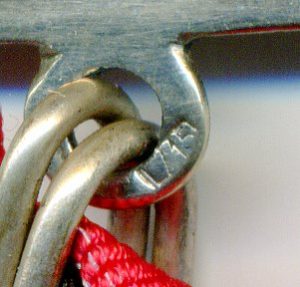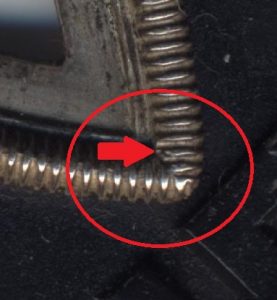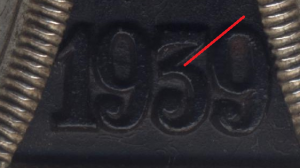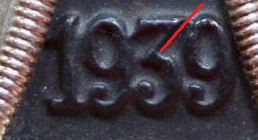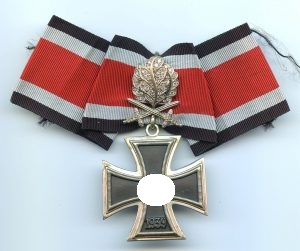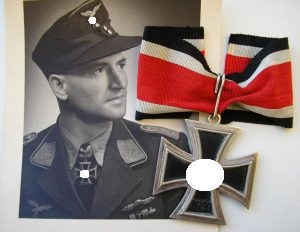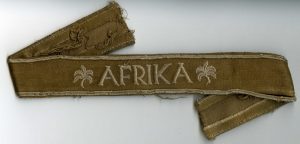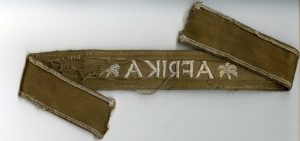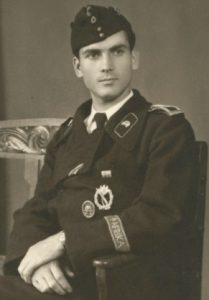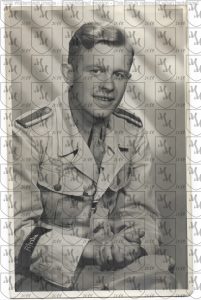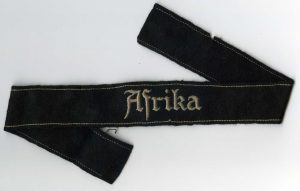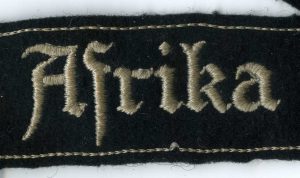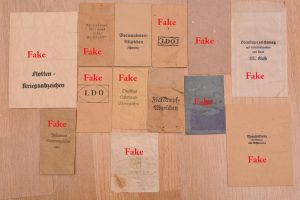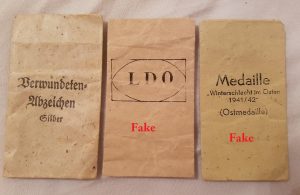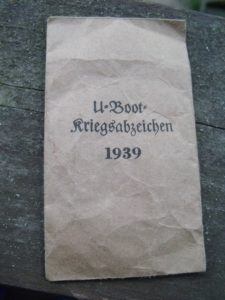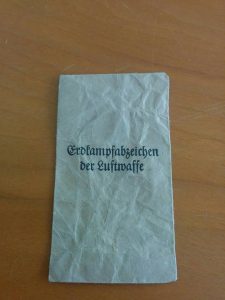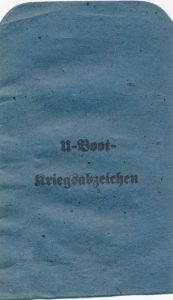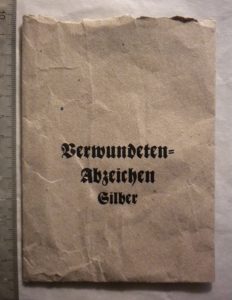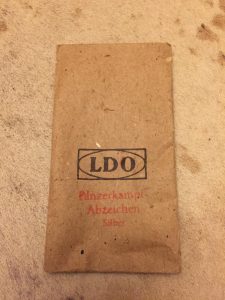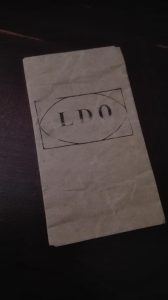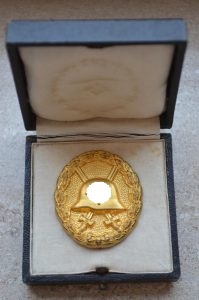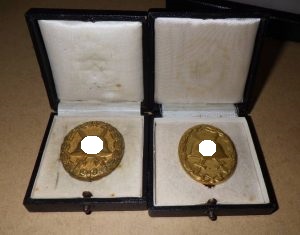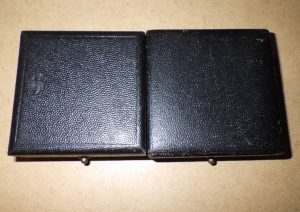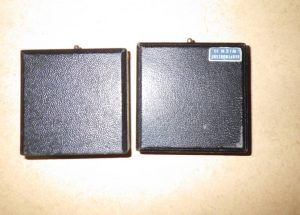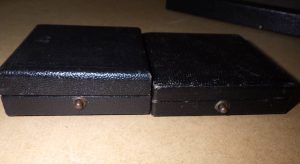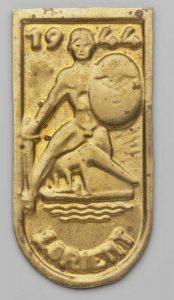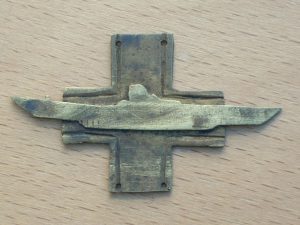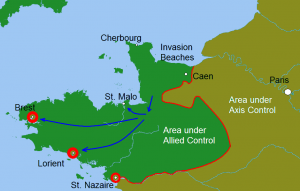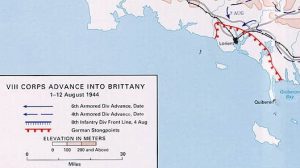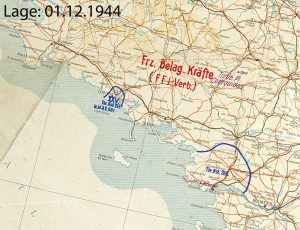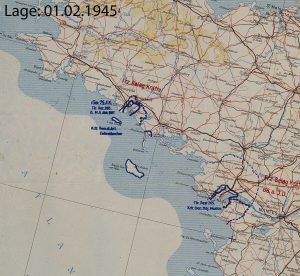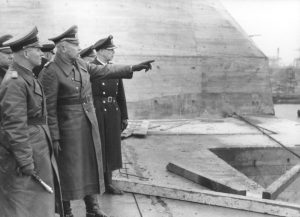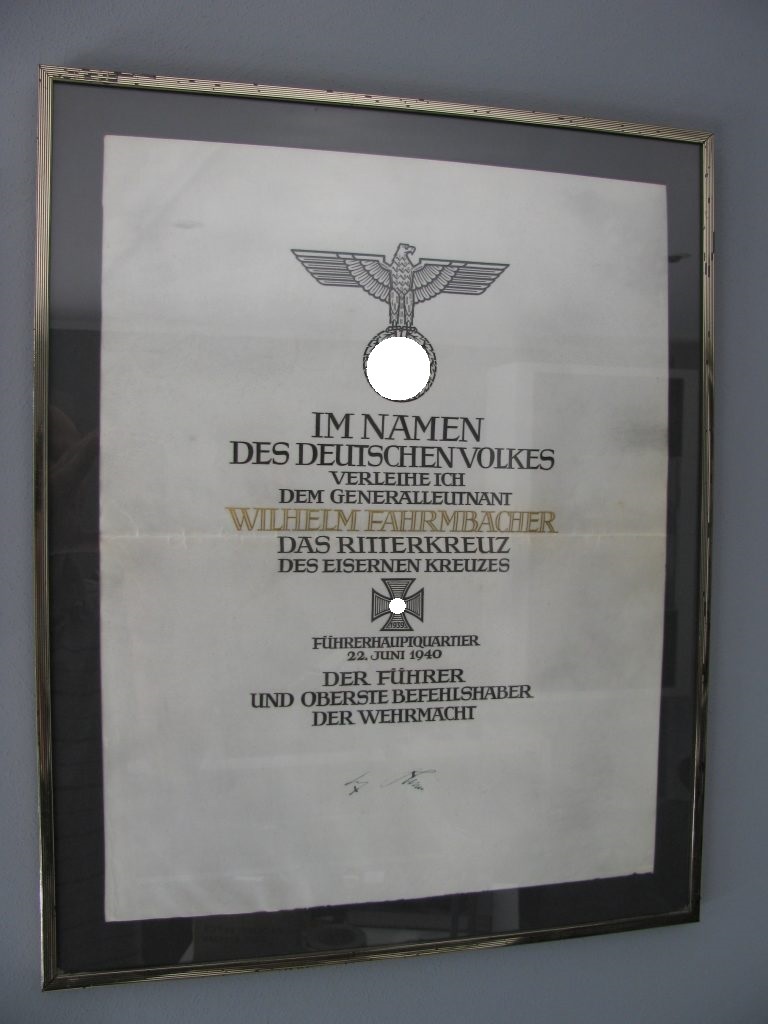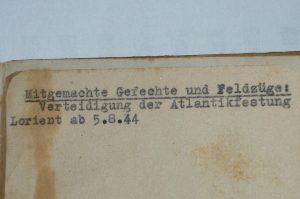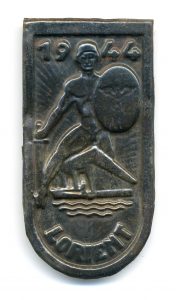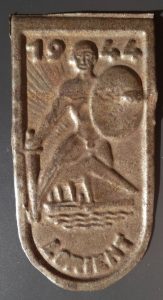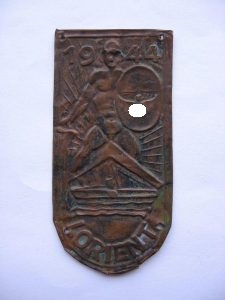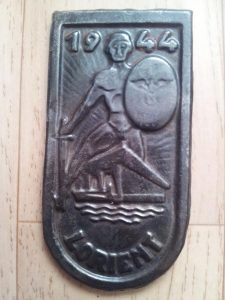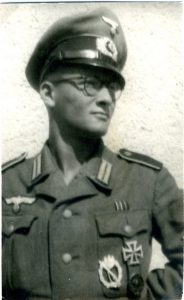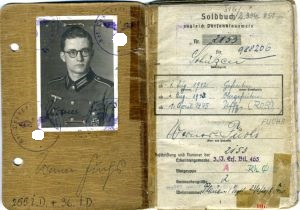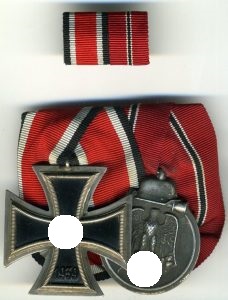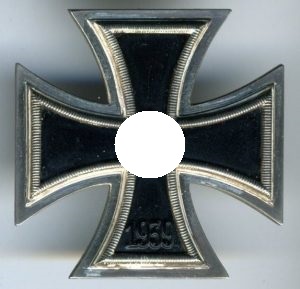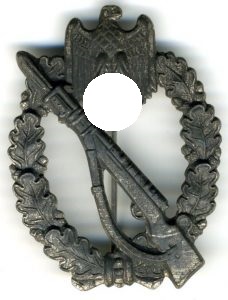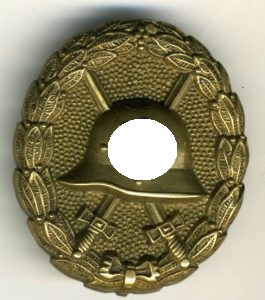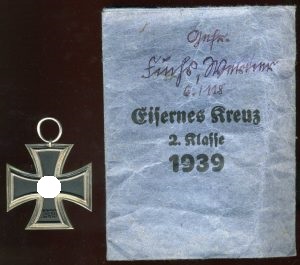Hallo Sammlerfreunde, heute möchte ich Euch einen kleinen aber feinen Nachlass vorstellen. Alles von eine Sammlerfreund zusammengesucht und mit Informationen hinterlegt.
Der spätere Leutnant der Heeresflak-Artillerie Hugo LUFT aus Wuppertal, Jahrgang 1924, trat als 18-Jähriger am 17. Oktober 1942 in Hamm bei der Heeres-Flakartillerie-Ersatz-Abteilung 276 als Kanonier in die Wehrmacht ein. Zur Jahresmitte 1943 wurde LUFT als Ersatz zur 1. Batterie der Heeres-Flakartillerie-Abteilung 284 (motorisiert) an die Ostfront versetzt. Die Abteilung unterstand der 20. Panzer-Grenadier-Division und war im gleichen Jahr im Raum Orel, Brjansk, am Dnjepr und Shitomir im Einsatz. LUFT war per 1. September 1943 zum Unteroffiziersanwärter ernannt worden. Zur Jahresmitte 1944 ging er auf einen Unteroffizierslehrgang und wurde per 15. August 1944 zum ROB ernannt. Es folgte ein ROB-Vorbereitungslehrgang beim Ersatztruppenteil der Heeres-Flakartillerie-Ersatz-Abteilung 280 in Oksböl in Südjütland und per 1. Oktober 1944 die Beförderung zum Fahnenjunker-Unteroffizier. Fahnenjunker LUFT wurde wenig später zur Teilnahme an dem 17. Fahnenjunker-Lehrgang beim Lehrstab IV der Schule für Fahnenjunker der Artillerie (Artillerieschule II) auf den Truppenübungsplatz Groß Born nach Hinterpommern kommandiert.
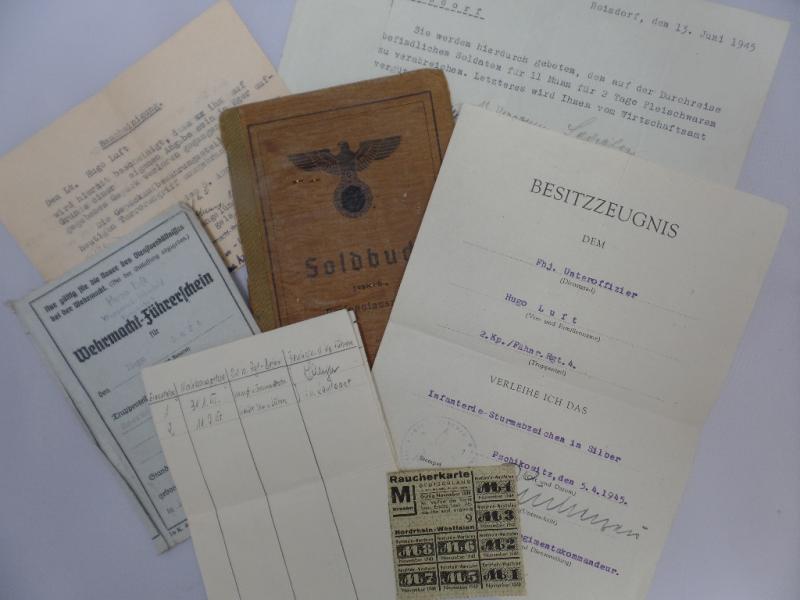
Einsatz mit dem Fähnrich-Regiment 4 vom 25. Januar bis 12. Februar 1945
Am 20. Januar 1945 wurde das Stichwort „Gneisenau“ ausgegeben und damit sämtliche Truppenteile und Dienststellen des Ersatzheeres in Alarmbereitschaft versetzt nachdem erste russische Panzerspitzen Hinterpommern erreichten. Nachdem die Alarmierung der auf dem Truppenübungsplatz Groß Born liegenden Einheiten erfolgte wurden aus den fünf Lehrstäben der Schule für Fahnenjunker der Artillerie (Artillerieschule II) fünf sogenannte Fähnrich-Regimenter gebildet. Am frühen Morgen des 22. Januar 1945 wurden die Einsatzbefehle an die Fähnrich-Regimenter in den Lagern Linde und Westfalenhof ausgegeben. Die alarmierten Fähnrich-Regimenter waren unzureichend bewaffnet. Fahnenjunker LUFT wurde dem Fähnrich-Regiment 4 unter der Führung des späteren Ritterkreuzträger, Major Friedrich BUCHENAU zugeteilt und blieb zunächst als Reserve im Lager Linde. LUFT wurde der 2. Kompanie und damit dem I. Bataillon des Fähnrich-Regiments 4, dass durch Major ARNOLD geführt wurde zu geteilt.
Am Vormittag des 24. Januar 1945 erfolgte der erste Einsatzbefehl für das Fähnrich-Regiment 4 von Major BUCHENAU für den Raum ostwärts von Deutsch Krone, im Rahmen der Division „Deutsch Krone“ (Division „Märkisch Friedland“). Aufgrund der unklaren Lage ostwärts von Schneidemühl sollte die Pommernstellung ostwärts von Deutsch Krone durch das I. Bataillon/Fähnrich-Regiment 4 (Major ARNOLD) verstärkt werden. Während für Fahnenjunker LUFT nun der Einsatz begann blieben das II. Bataillon unter der Führung von Major ALIG und der Regimentsstab vorläufig in Groß Born zurück. Das I. Bataillon rückte in die Regelstellung jenseits des Legehnke- und Stabitz-Sees während sich der Regimentskommandeur Major BUCHENAU zusammen mit seinem Adjutanten Hauptmann STACH zum Empfang genauerer Befehle nach Deutsch Krone zum Divisionskommandeur der Division „Deutsch Krone“ (später in Division „Märkisch Friedland“ umbenannt) begaben.
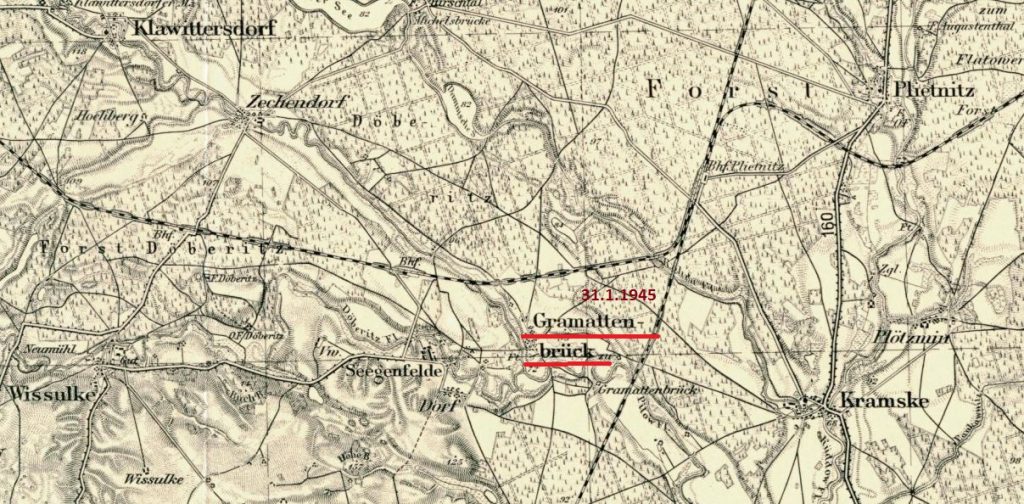
Seit dem 25. Januar 1945 verfolgte das I. Bataillon von Major ARNOLD in seinen Stellungen jenseits der Seenkette Lebehnke-Schmollen-Stabitz-See jede Feindbewegung mit größer Aufmerksamkeit. Am 31. Januar 1945 war die 2. Kompanie von Fahnenjunker LUFT am Kampf um Gramattenbrück beteiligt. Dieser Tag wurde LUFT als erster Sturm- und Nahkampftag bestätigt. Am 2. Februar 1945 wurde das I. Bataillon durch das II. Bataillon (Major ALIG) in seinen Stellungen im Bereich Schmollen- und Stabitz-See verstärkt. Das Fähnrich-Regiment konnte dem allgemeinen Druck der anstürmenden russischen Truppen wenig entgegensetzen und musste entlang der Straße zwischen Neugolz und Klausdorf zurückgehen. In der sogenannten Ritterkreuzstellung im Raum Klausdorf konnte das Regiment von Major BUCHENAU insbesondere am 7. und 8. Februar 1945 alle Angriffe abwehren. Während dieser Abwehrkämpfe erlitt das schlecht ausgerüstete Regiment hohe Verluste. In der Nacht zum 9. Februar 1945 musste das Regiment seine Stellungen infolge eines Durchbruchs beim linken und rechten Nachbarn aufgeben und sich zurückziehen, um nicht allmählich überflügelt zu werden. Am 10. Februar 1945 beteiligte sich Fahnenjunker LUFT mit dem I. Bataillon an Sturmangriffen auf Ludwigshorst und Eckartsberge, um dem zurückweichenden Regiment etwas Entlastung zu verschaffen. Während russische und polnische Truppen weiter von Norden auf die Straße Lüben – Appelwerder drückten, hatten diese bereits zum Vormarsch auf Märkisch Friedland angesetzt. Weil das I. Bataillon am 11. Februar 1945 am Vorwerk 3 km vor Lüben jeden Feindangriff trotze, konnte dem II. Bataillon der Rückzugsweg durch das Dorf Lüben offengehalten werden. Dieser 11. Februar 1945 wurde Fahnenjunker LUFT als Sturm- und Nahkampftag bestätigt. In Folge hoher Verluste wurden die Reste der Fähnrich-Regimenter der Schule für Fahnenjunker der Artillerie aus Groß Born aus der Front herausgelöst und im Raum Dramburg gesammelt.
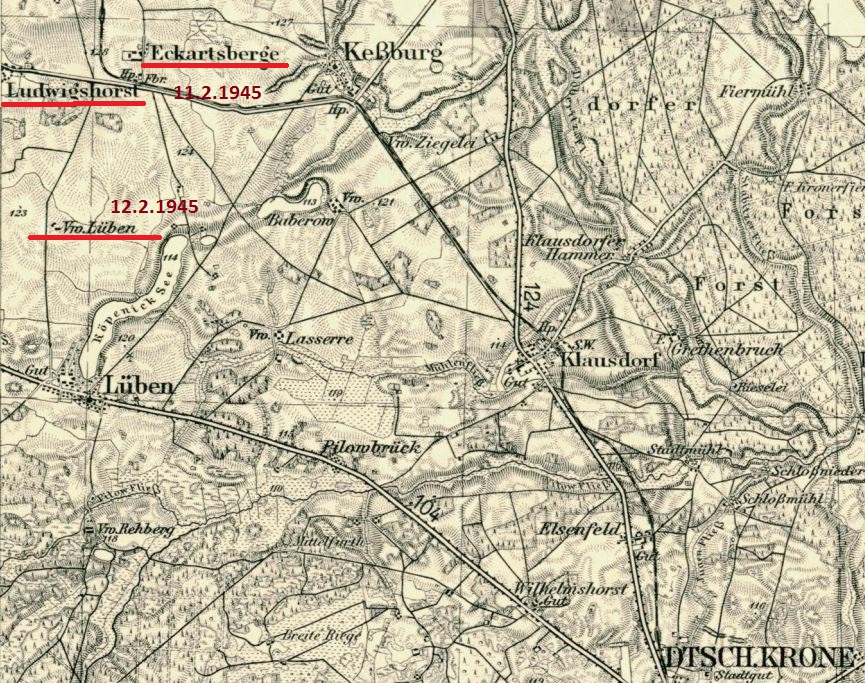
Aufgrund der Lageentwicklung im Raum Kallies, waren die versammelten Fahnenjunker im Raum Dramburg die nächstgelegenste greifbare Einsatzreserve. Zur Überbrückung einer Ablösung für einen mehrtägigen Einsatz bei der 402. Infanterie-Division erhielt Major BUCHENAU den Auftrag, aus den Fahnenjunkern ein Fähnrich-Regiment neu aufzustellen. Als Stamm diente Major BUCHENAU sein II. Bataillon (Major ALIG). Am 15. Februar 1945 wurden die restlichen Fahnenjunker für den Transport nach Böhmen auf den Truppenübungsplatz Kammwald bei Pilsen verladen. Auf dem Truppenübungsplatz Kammwald war zwischenzeitlich der neue Standort der Schule für Fahnenjunker der Artillerie in Rokizan untergekommen und am 20. Februar 1945 begann hier der 18. Fahnenjunker-Lehrgang. Der Transport der Fahnenjunker wurde ostwärts von Altdamm gestoppt und zunächst als Einsatzreserve zurückgehalten, als sich die Lage bei Bahn und Pyritz verschärfte. Der gestoppte Transport konnte nach wenigen Tagen seine Fahrt in Richtung Böhmen fortsetzen. Vermutlich war auch Fahnenjunker LUFT bei diesem Transport dabei und zog auf dem Truppenübungsplatz Kammwald mit dem Abwicklungsstab des Fähnrich-Regiments 4 im Ort Pschikositz unter.
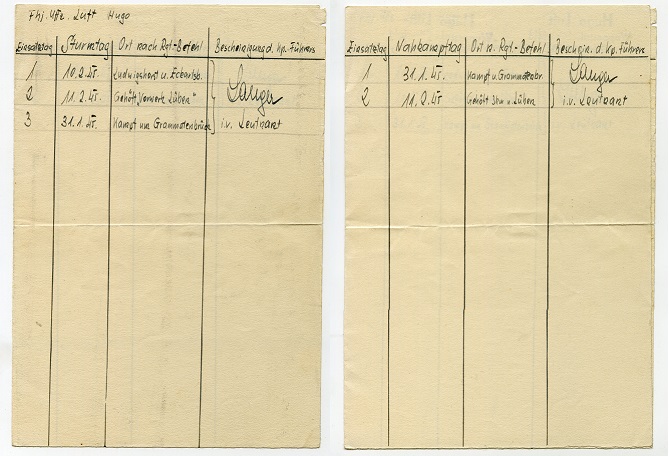
Major BUCHENAU‘s Regiment kämpfte sich zusammen mit den Resten der 402. Infanterie-Division bis auf den Brückenkopf Pustschow – Dievenow an der Ostsee zurück, wo es eingeschlossen wurde. Sein Regiment konnte am 11. März 1945 aus dem Brückenkopf ausbrechen und wurde anschließend aufgelöst und auf den Truppenübungsplatz Kammwald verlegt. Am 19. März 1945 wurde Major BUCHENAU‘s Regiment wie folgt im Wehrmachtsbericht erwähnt: „Im Verband der auf dem Brückenkopf Dievenow durchgebrochenen Kräftegruppe hat das Fahnenjunker-Regiment der Artillerieschule II unter Führung von Major BUCHENAU in beispielhaftem Angriffsschwung mehrere starke Sperrriegel des Feindes durchbrochen und an entscheidender Stelle den sowjetischen Einschließungsring gesprengt.“ Für diesen Erfolg reichte ihn die Korpsgruppe „VON TETTAU“ zur Verleihung des Ritterkreuzes des Eisernen Kreuzes ein, welches ihm als Major und Kommandeur des Fähnrichs-Regiments 4 am 28. März 1945 verliehen wurde. Ferner hat Major BUCHENAU für seinen Einsatz mit dem Fährich-Regiment 4 in Pommern u.a. die Anerkennungsurkunde, ein Panzervernichtungsabzeichen für Einzelkämpfer und die 1. Stufe der Nahkampfspange (Bronze) verliehen bekommen.
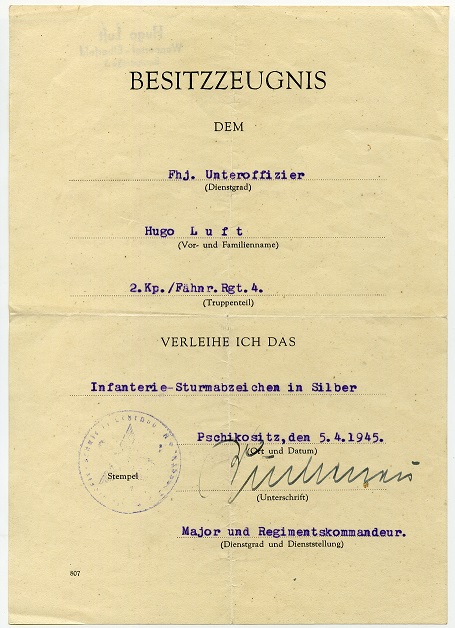
Major BUCHENAU traf mit den Resten seines Regiments um den 25. März 1945 in Pschikositz ein. Anschließend wurde das Regiment aufgelöst, die Fahnenjunker am 5. April 1945 rückwirkend zum 1. April 1945 zu Leutnanten befördert und in die Führer-Reserve versetzt. Auch Fahnenjunker LUFT wurde zuerst zum Fahnenjunker-Wachtmeister und dann zum Leutnant befördert. Am gleichen Tag wurde ihm seine einzige Kriegsauszeichnung, das Infanterie-Sturmabzeichen in Silber für die Teilnahme an 3 anerkannten Sturmtagen in Gramattenbrück, Ludwigshorst – Eckartsberge und beim Vorwerk Lüben, durch den Regimentskommandeur Major BUCHENAU verleihen. Anschließend wurde er zur Führer-Reserve West versetzt. Auf dem Weg dorthin wurde am 8. April 1945 in Eger sein gesamtes Gepäck bei einem Bombenangriff auf dem Bahnhof vernichtet. LUFT hat den Krieg überlebt und ist im Mai 2018 in seiner Heimatstadt verstorben.
Sammlergruß
Sascha
„Subscribe“ / „abonniere“ den Blog und bekomme immer dann eine Nachricht, sobald ein neuer Beitrag erscheint….
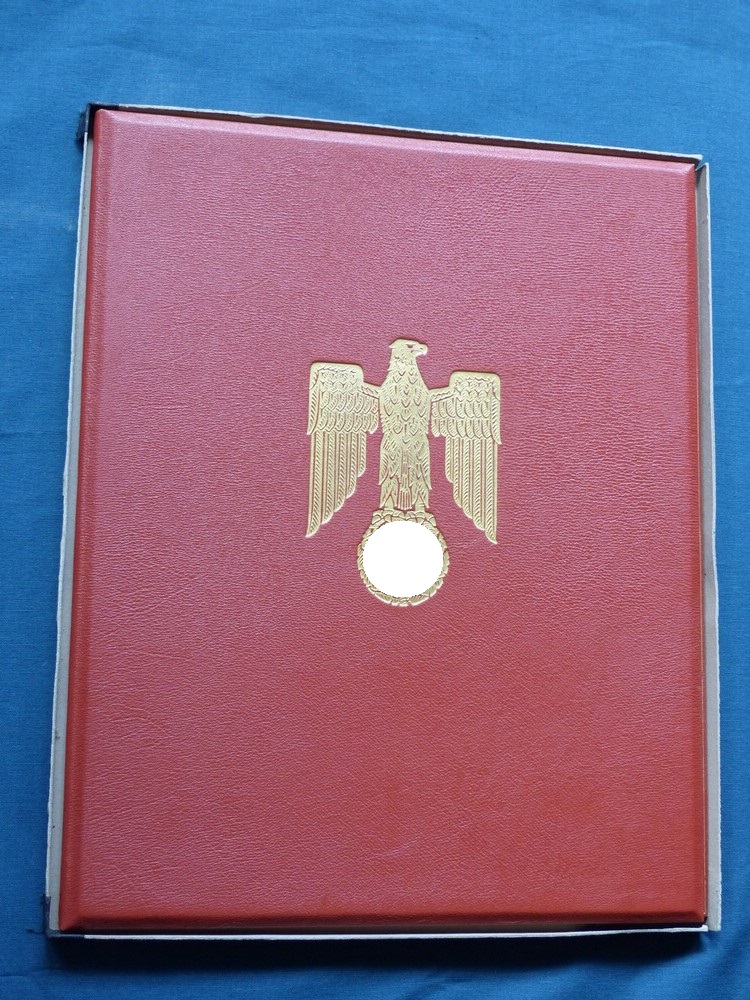
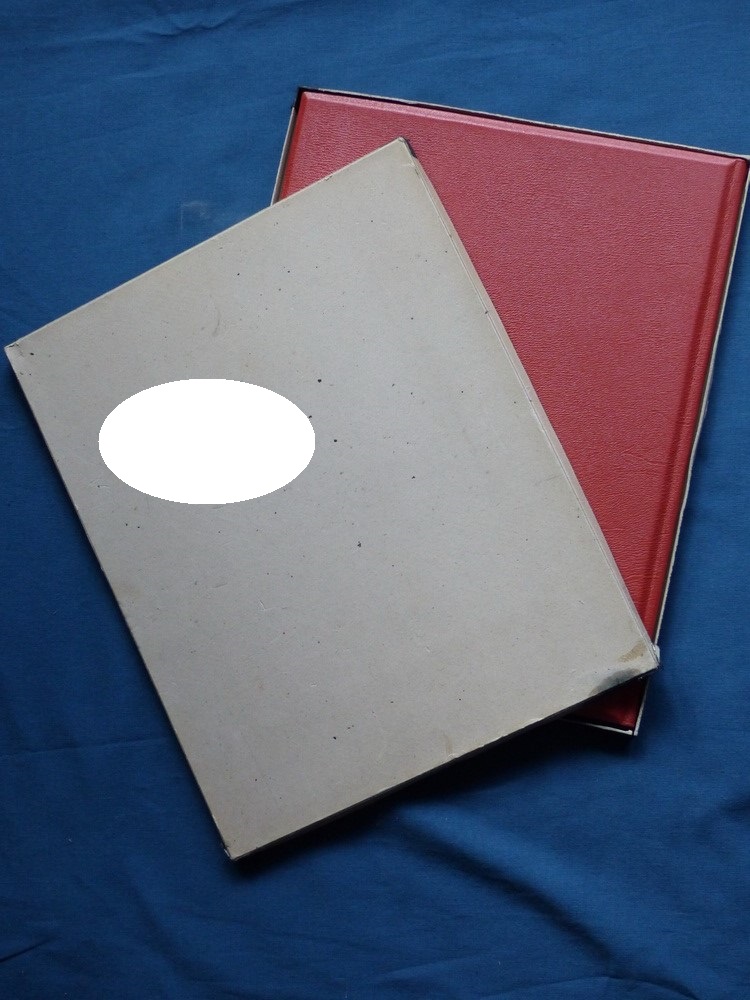
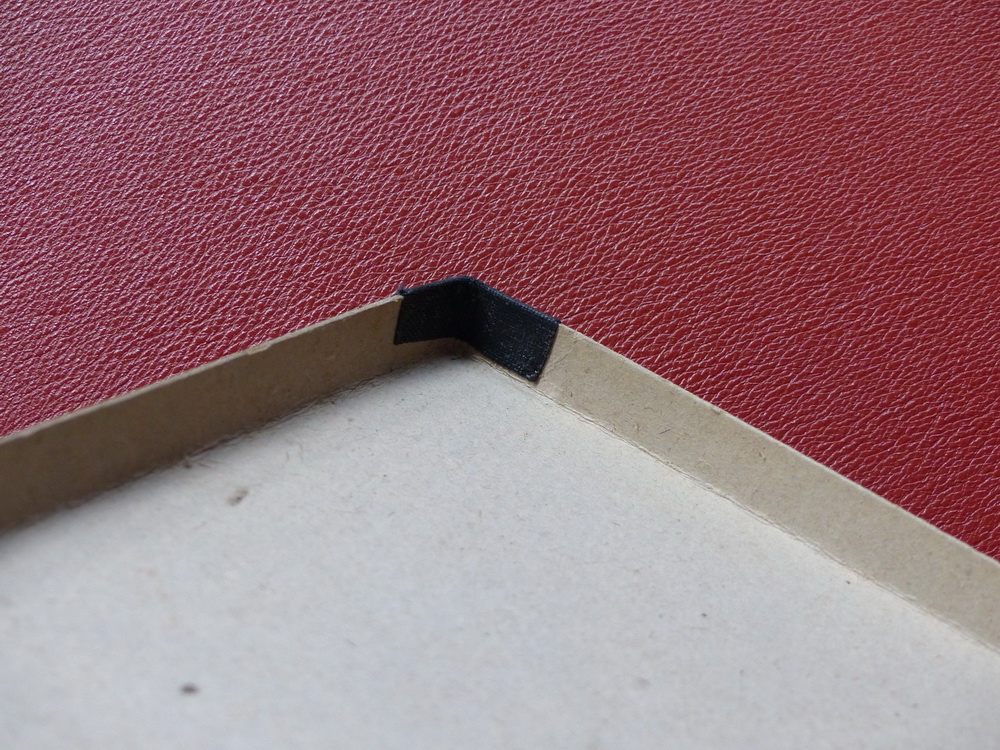
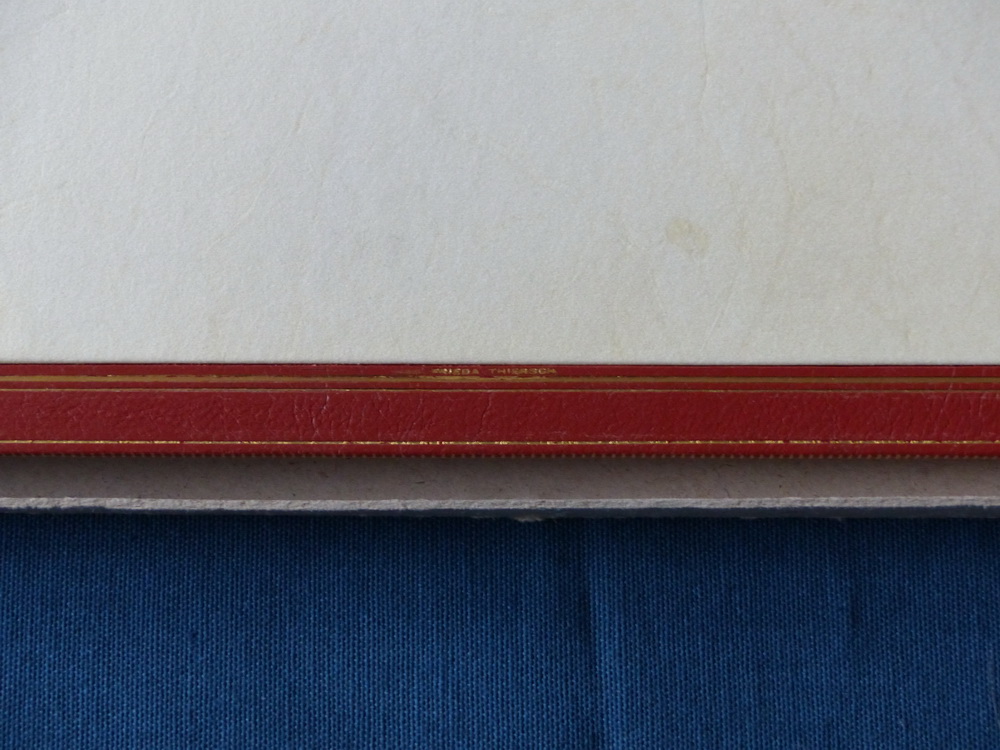
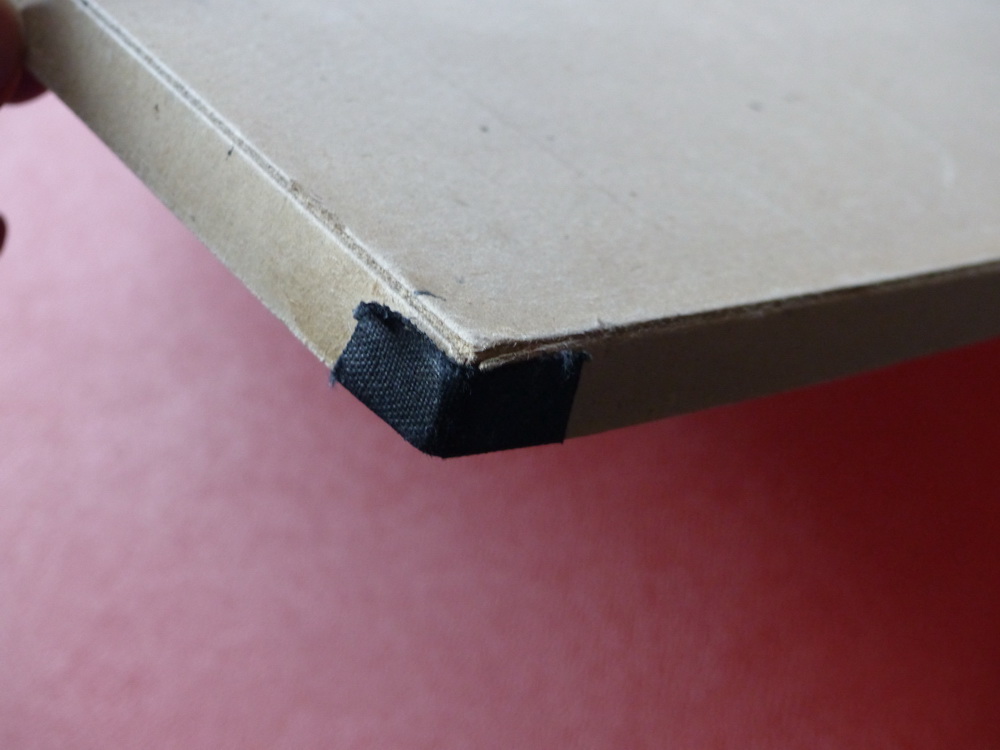
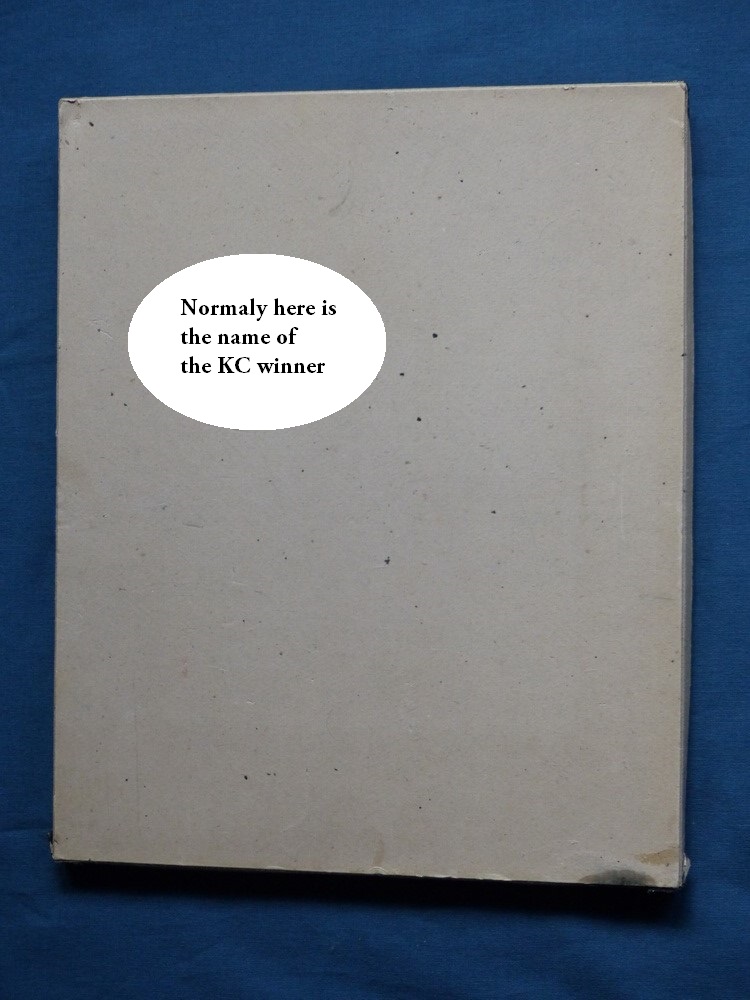
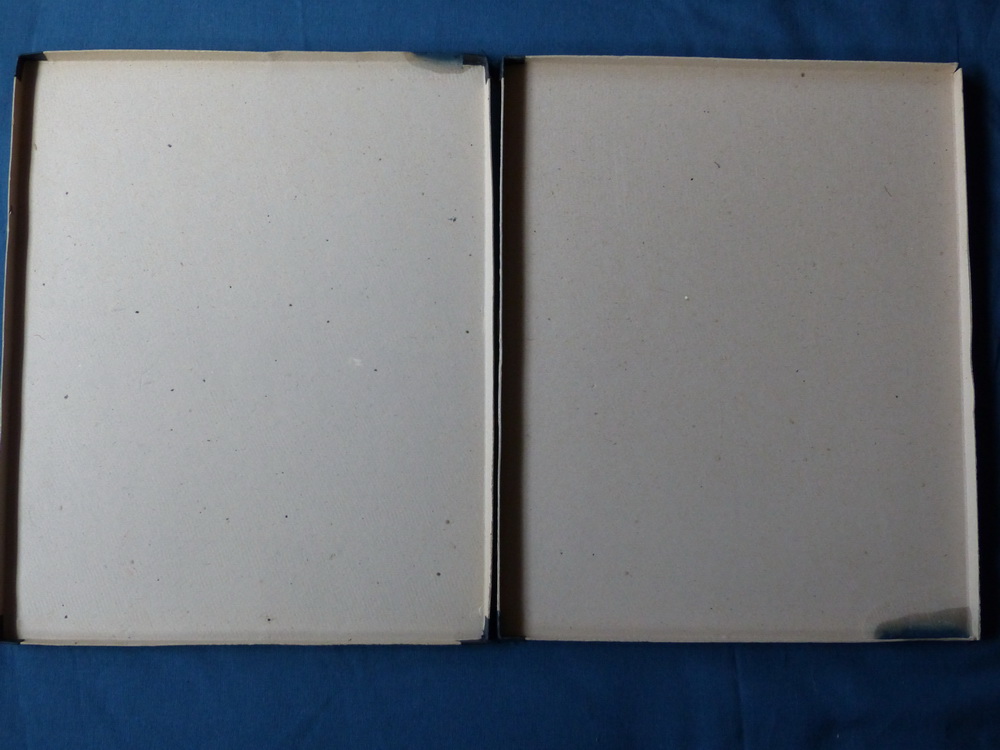 Awards that were to be bestowed by the government were also issued an official numerical government contract code known as a, Lieferantnummer, (Contractors Number), that was issued by the Präsidialkanzlei des Führers, (Presidential Council of the Führers), for formally approved manufacturers. The manufacturing firms that were licenced by both the Präsidialkanzlei des Führers and the LDO and would have used the same dies to stamp both the official issue and retail sales types of awards making them virtually indistinguishable from one another except for the markings. Regulations of November 1st, 1941 prohibited further manufacturing of the Knight’s Cross for retail sale. Of Note: On June 3rd, 1940 a higher echelon of the Knight’s Cross was established with the introduction of the Knight’s Cross with Oak-Leaves and on July 15th, 1941 an additional two higher grades of the Knight’s Cross with Oak-Leaves were introduced with the establishment of the Knight’s Cross with Oak-Leaves and Swords and the Knight’s Cross with Oak-Leaves, Swords and Diamonds. Finally on December 29th, 1944 Hitler established the final grade of the Knight’s Cross with the Golden Oak-Leaves, Swords and Diamonds. Also of Note: The Grand Cross of the Knight’s Cross was only awarded once to Reichsmarschall Hermann Göring and the Knight’s Cross with Golden Oak-Leaves, Swords and Diamonds was also only awarded once to Oberstleutnant Hans-Ulrich Rudel.
Awards that were to be bestowed by the government were also issued an official numerical government contract code known as a, Lieferantnummer, (Contractors Number), that was issued by the Präsidialkanzlei des Führers, (Presidential Council of the Führers), for formally approved manufacturers. The manufacturing firms that were licenced by both the Präsidialkanzlei des Führers and the LDO and would have used the same dies to stamp both the official issue and retail sales types of awards making them virtually indistinguishable from one another except for the markings. Regulations of November 1st, 1941 prohibited further manufacturing of the Knight’s Cross for retail sale. Of Note: On June 3rd, 1940 a higher echelon of the Knight’s Cross was established with the introduction of the Knight’s Cross with Oak-Leaves and on July 15th, 1941 an additional two higher grades of the Knight’s Cross with Oak-Leaves were introduced with the establishment of the Knight’s Cross with Oak-Leaves and Swords and the Knight’s Cross with Oak-Leaves, Swords and Diamonds. Finally on December 29th, 1944 Hitler established the final grade of the Knight’s Cross with the Golden Oak-Leaves, Swords and Diamonds. Also of Note: The Grand Cross of the Knight’s Cross was only awarded once to Reichsmarschall Hermann Göring and the Knight’s Cross with Golden Oak-Leaves, Swords and Diamonds was also only awarded once to Oberstleutnant Hans-Ulrich Rudel.